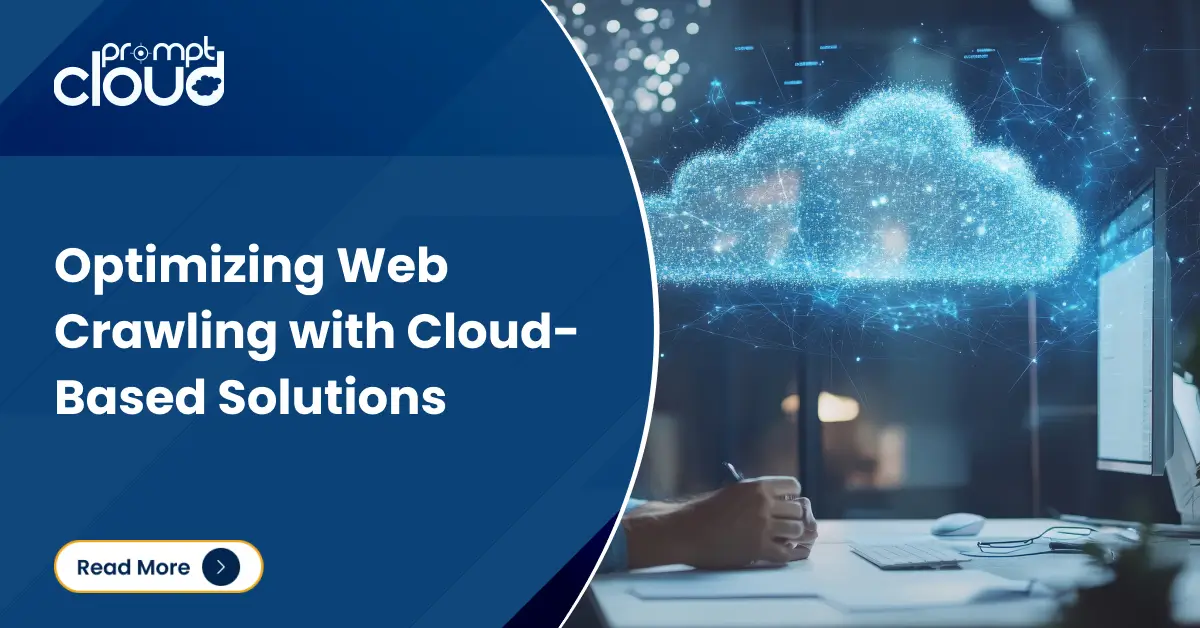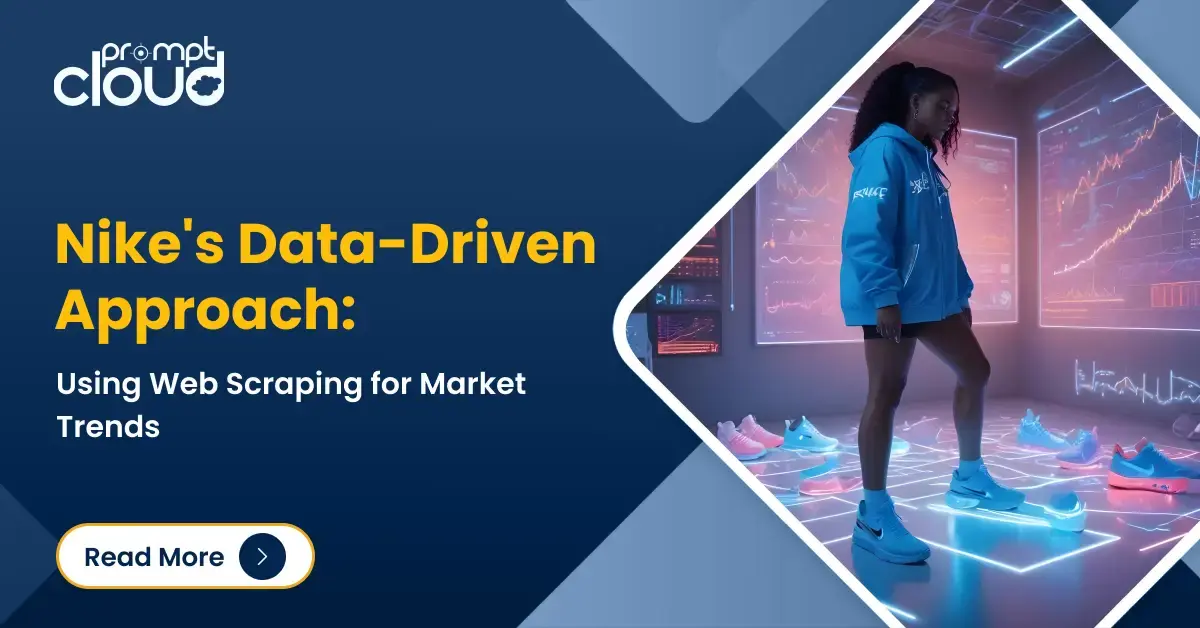Since the early twenties, the eCommerce industry has boomed riding on the growth of internet services. However, the growth fueled by web penetration may not help companies stay astride of their competition for much longer. The biggest reason behind this is that there are too many full-scale online retailers as well as marketplaces competing for the market. E-Commerce data science projects can be the differentiating factor to excel in terms of customer experience.
But how does an eCommerce company know which niche it needs to focus on more? Or which part of the customer experience it needs to change? Well, the only way to make sure you are growing in a sustainable manner is to use the data that is generated by your systems as well as the data available over the internet. The insights from the data can be seamlessly converted into business decisions. Some of the top data science projects that every eCommerce company can work on have been described below.
Recommendation engine
Using data science to learn the shopping behavior of customers and predict patterns is a great way to improve sales. For instance, the ability to clearly define which brands or products are most popular when spikes in demand for certain products occur or times of the year when customers shop more can help determine the right strategies.
Many are impressed with the way Amazon recommends products. It doesn’t matter if you have a massive inventory of products on your website but cannot recommend the correct product to the correct customer. Different data points need to be considered for building a recommender system, namely products that have been viewed by the buyer in the past, previous purchase history, average spending per order, categories the buy is most interested in and more.
All this data can be used to find out the products on a website that a customer is most positively to consider buying. Other than such straightforward recommendations on the homepage, you can also recommend customers, certain items that he already has on his wish list, when the price of the items fall.
For example, if you’re looking for mobile phone on an e-commerce site, there is a possibility that you might want to buy a phone cover too. Deciding whether this is a possibility might be based on analyzing previous purchases or data searches of customers.
Another section where your recommendation system can work adequately is the checkout page. On this page, you already have an idea of what a person is buying. Combine that with the previous buying history and you can present the accessories that the buyer can buy alongside his purchase. You can also use data of people who bought that specific item and suggest to him other products that customers bought in combination with that item.
Natural Language Processing
Companies today are a lot more than just what products they sell. Their public image matters a lot, and in case it takes a hit, customers will stop buying from them, investors will stop investing in them, and share prices will take a massive hit. Thus to make sure untoward incidents don’t happen or at least to extinguish any small fire that may blow up, companies keep a lookout towards customer reviews and comments.
But scraping comments given by customers isn’t enough. And if you want to analyze every single one of those comments individually, you will need to hire too many people. One way to do this is by building a system that uses Natural Language Processing to read and analyze customer reviews and tag them as positive, negative or neutral. Then you can have a customer relations team that would look at the negative reviews and try to contact the customers and solve their problems. Over some time, the same algorithm can also be run on product reviews to categorize them.
Customer Lifetime Value Modeling
The concept of Customer Lifetime Value (CLV) modeling is straightforward — we’re essentially looking at improving the revenue generated from a customer in the entire customer life-cycle. Moreover, it is a calculated figure which is predicted by the customer’s purchase and interaction history with the eCommerce site (or any other businesses) CLV helps in the following ways –
- Defining objectives for the company- growth, expenditures, future sales, net profit, etc.
- Optimize business marketing strategies.
- Adjusting campaign and advertisement.
- Decide cross-sell and up-sell according to customer’s purchase.
- CLV helps to decide customer acquisition cost, the cost of attracting customers.
It is one of the essential metrics which needs to be taken into account in any eCommerce business. It helps businesses in deciding their spending and know about their loyal customers.
Reverse Image Lookup using image processing
What happens when you search for images using keywords? You are shown images associated with the keywords. What about the reverse? You upload an image and you get keywords associated with it. Or say, links to buy the product. Yes, many eCommerce websites are using reverse image looking to allow customers to search for items that they do not know the name of and possess just its image.
Often, you might get shown a similar item and not an exact match, but the system will only get better with time, by analyzing more and more images. That said, before you make such a feature live, you will need to train your system with thousands of images, and this work will have to be taken care of by your data science team.
Fraud detection
E-Commerce platforms run on sharp margins to keep abreast of their competition. However, thousands of people try to make the most of loopholes in return policies, and company goodwill to defraud these companies. The types of fraud run into thousands and the only way to stop this is by reading the data. Suspicious behavior can be caught by reviewing previous incidents and certain scenarios such as multiple returns from a single address, or multiple false claims by a single user. Often people use international orders or different shipping and billing addresses to escape detection. But all this can be caught after analyzing enough data. Some of the most common methods of analyzing data and avoiding frauds are-
- Algorithms that run in real-time and alert the security team in case of suspicious behavior of any user.
- Analysis of data to spot multiple cases of fraud arising in a single location. In this case, the area itself is blacklisted.
- Analysis of system-wide data to spot anomalies and to find the correlation between anomalies and fraud.
Having a fraud detection system not only helps companies reduce losses but also helps it build better brand value by building a higher level of trust in customers.
Pricing optimization
E-Commerce companies need to be at the top of their game. Not only in terms of product-lines offered by them but also in terms of the prices. The prices need to be better than their competitors and the companies still need to make money. The strategy that is followed is that prices are kept aggressive (even if it means losing money) on certain items that are very popular. And in turn, the margin is made on other products like accessories or services.
The balancing act that needs to be played here to find the optimum price for each product takes into account multiple factors and data points. Price optimization algorithms are closely guarded secrets of most big companies and even if you are a small company that has just plunged into the ocean of E-Commerce, you still need to make sure that you have some basic price optimization strategies built out so that you have a higher rate of conversion from your organic and paid traffic.
Pricing optimization using data science includes a number of factors such as price flexibility, its considerable location, the attitude of the customer, competitor’s pricing, etc. And the data science algorithm predicts the customer’s segmentation to make a response to the change in price.
Inventory management
Managing inventory is a major cause of concern for eCommerce companies that are spread across large areas such as an entire country or a continent. When you have multiple warehouses, you need to make sure that the item that is most likely to get sold at the earliest is at the warehouse closest to the user who’s going to buy it.
Making such calculations is not easy and companies like Amazon have perfected the system after analyzing user data and seasonal behavior over the years. This is important for multiple reasons:
- People would receive their products faster and thus would be happier with the service.
- E-Commerce companies that run on small margins would be able to save money on transportation costs.
- Products that are bound to get sold in particular regions in a specific time of the year can be bought in bulk and stored in the warehouse. This would save a lot of money when compared to procuring one product at a time as and when orders come in.
Customer service improvement
Talk about any online business and the thing that people hate the most is customer service. It is infinitely difficult to go through multiple rounds of selecting options through an automated system and then reaching a customer service executive, only to have him put your call on hold and get told that you will need to call after a day.
Companies that are significantly large and are having a problem with customer retention can improve their customer services using the data they have at hand. This will produce two-fold results. The existing customers will be retained and you will get free advertisement when they recommend your website to other people.
The logic behind this is simple. All you need to do is analyze all historical customer complaints, the resolution given by your customer care team and whether the customer was happy with the results. Once you do this, you can identify the precise pain points and the more commonly occurring issues.
After this, you can address the larger problems and create a workflow for solving the most regular issues so that problem resolution is faster and your customers are more satisfied.
Time to work on eCommerce data science projects
In case you are working on eCommerce data science projects, you already have access to the internal data, but the holistic data collection requires both internal and external data.
The augmented data could be dumped into a data-lake or a data-warehouse which can be used to do all your analysis and build your machine learning models. How frequently you update the data can differ depending on what you are trying to analyze, but having the data dumped to your data-lake in real-time is the most recommended setting.
However, if you also need to gather data from external sources to do some market research or to run a data science project, you need to gather a team of individuals who are experienced in web scraping. Else, you can also take the help of an experienced and time-tested web scraping team like ours at PromptCloud.




















